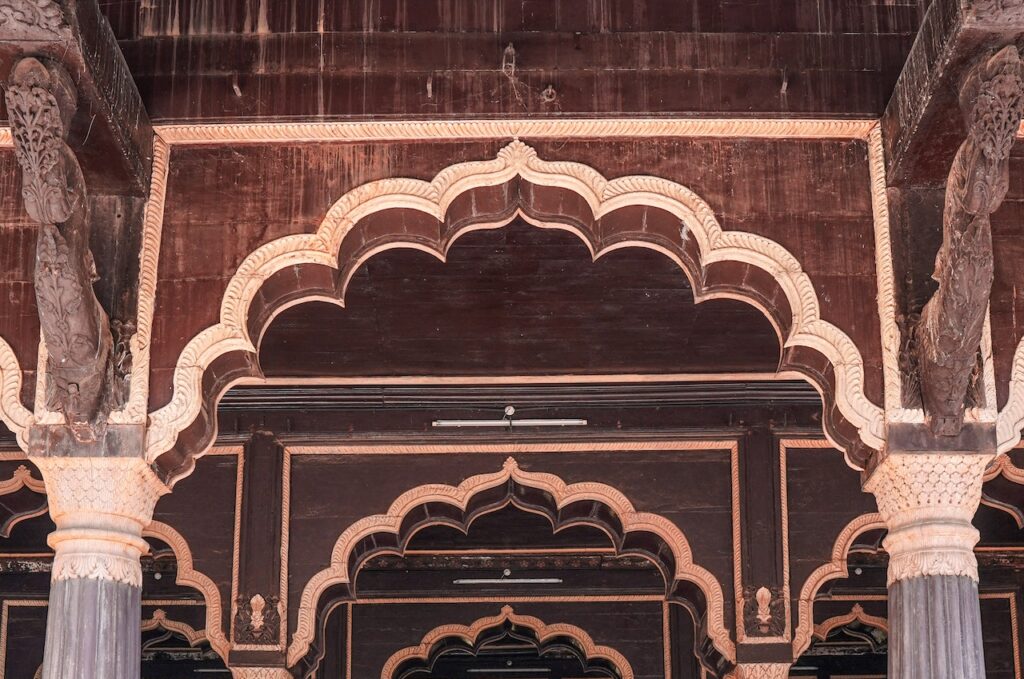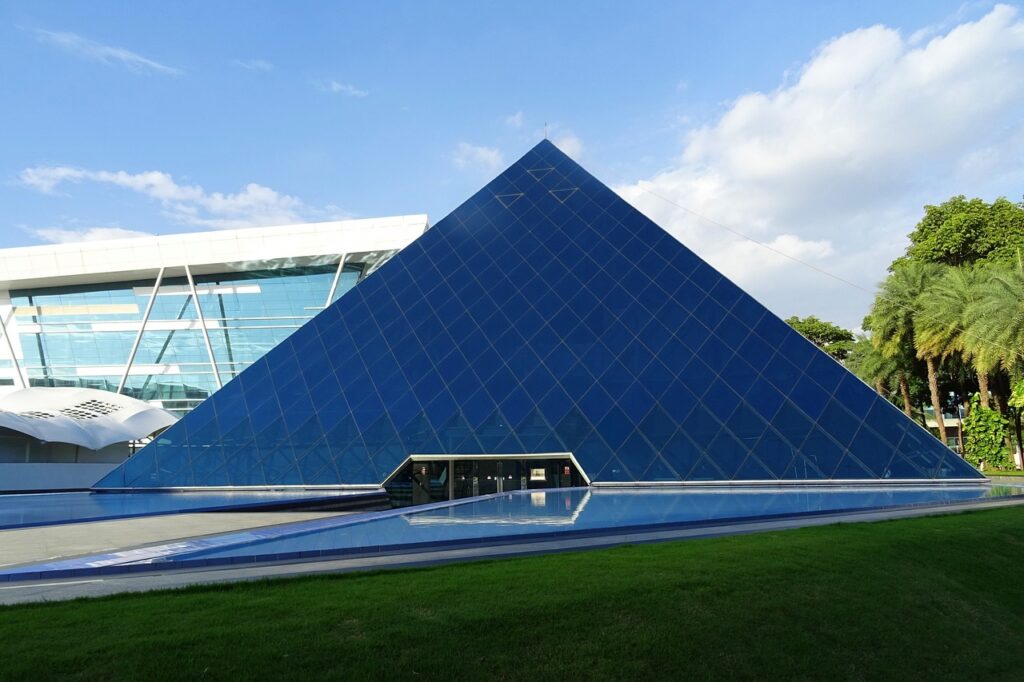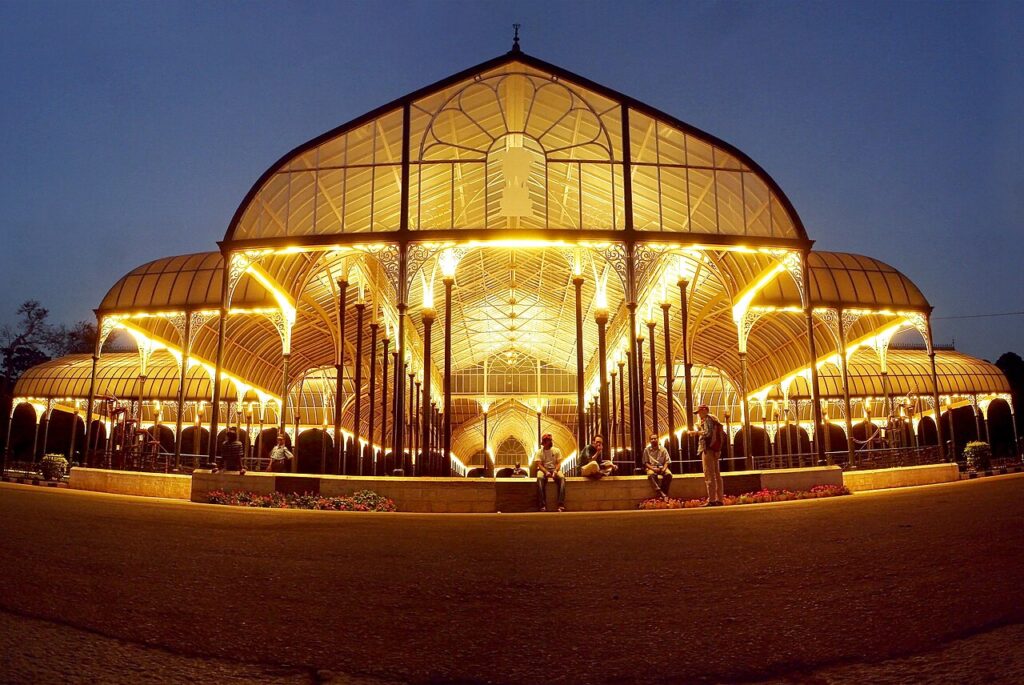Tipu’s Summer Palace in Bangalore
Imagine stepping into a world where history whispers secrets from centuries past, where stunning architecture and breathtaking beauty captivate your senses. This is precisely what awaits you at Tipu’s Summer Palace in Bangalore, India. This awe-inspiring monument, nestled amidst the bustling cityscape, stands as a testament to the rich cultural heritage of the region. Let’s embark on a journey to explore the grandeur of Tipu’s Summer Palace.
Introduction
Tipu Sultan, also known as the Tiger of Mysore, was a valiant ruler who reigned over the Kingdom of Mysore in the late 18th century. Tipu’s Summer Palace, also referred to as the Daria Daulat Bagh, is a remarkable structure that showcases the architectural brilliance of that era. Built in the year 1784, this palace served as the summer retreat for Tipu Sultan and his family.
Historical Background
During Tipu Sultan’s reign, Bangalore (then known as Bengaluru) was the capital of the Kingdom of Mysore. The palace was constructed as a symbol of the Sultan’s power and as a place of respite from the scorching summer heat. It was strategically located near the banks of the River Cauvery, surrounded by lush greenery, providing a serene and picturesque setting.
Architecture of Tipu’s Summer Palace
The architectural style of Tipu’s Summer Palace is a fusion of Indo-Islamic and Saracenic influences. The palace showcases intricate woodwork, delicate carvings, and ornate arches that are characteristic of Islamic architecture. The facade of the palace is adorned with vibrant frescoes depicting scenes from Tipu Sultan’s life and historical events.
Interior Design and Decorations
As you step inside the palace, you are greeted by a symphony of colors and patterns. The interiors are adorned with beautiful floral motifs, intricate patterns, and vibrant murals that reflect the artistic taste of that era. The palace consists of multiple rooms, each exquisitely decorated with carved wooden pillars, elaborate ceilings, and Persian-style furnishings.
Gardens and Landscaping
The palace is surrounded by meticulously landscaped gardens that add to its allure. The gardens are adorned with a variety of exotic plants, fragrant flowers, and meandering pathways. Walking through these gardens, you can almost envision Tipu Sultan himself strolling amidst the verdant beauty, finding solace in nature’s embrace.
Significance of Tipu’s Summer Palace
Tipu’s Summer Palace holds immense historical and cultural significance. It provides a glimpse into the opulent lifestyle of Tipu Sultan and the architectural marvels of his time. The palace stands as a testament to Tipu Sultan’s vision and his efforts to blend diverse cultural influences.
Preservation Efforts
Over the years, the palace has undergone restoration and preservation efforts to ensure its longevity. The architectural intricacies have been carefully conserved, and the frescoes and murals have been painstakingly restored to their former glory. These efforts have helped in preserving the historical legacy of Tipu’s Summer Palace for future generations to appreciate and cherish.
Visiting Tipu’s Summer Palace
Visiting Tipu’s Summer Palace is like stepping back in time. As you explore the palace, knowledgeable guides provide captivating insights into its history and architecture. The serene ambiance and the enchanting surroundings make it a must-visit destination for history enthusiasts and architecture aficionados alike.
Nearby Attractions
Located in the heart of Bangalore, Tipu’s Summer Palace is surrounded by several other attractions. A short distance away, you can explore the majestic Bangalore Palace, which showcases a unique blend of Tudor and Scottish architectural styles. The vibrant markets of Chickpet and KR Market are perfect for indulging in some shopping, offering a wide array of traditional crafts and textiles.
Conclusion
Tipu’s Summer Palace in Bangalore stands as a testament to the grandeur and architectural brilliance of Tipu Sultan’s era. Its intricate design, rich historical significance, and serene ambiance make it a captivating destination for tourists and history enthusiasts. Exploring the palace and its surroundings allows you to delve into the rich tapestry of India’s past, leaving you with memories to cherish for a lifetime.
FAQs
1. When was Tipu’s Summer Palace built? Tipu’s Summer Palace was built in the year 1784.
2. What is the architectural style of the palace? The palace exhibits a fusion of Indo-Islamic and Saracenic architectural styles.
3. Are there any entry fees to visit the palace? Yes, there is a nominal entry fee for visiting Tipu’s Summer Palace. The fee may vary for domestic and international visitors.
4. Can visitors take photographs inside the palace? Yes, photography is allowed inside the palace. However, flash photography and tripod usage may be restricted.
5. Is there any parking available near the palace? Limited parking facilities are available near the palace. It is advisable to use public transportation or hire a local cab for a hassle-free visit.




